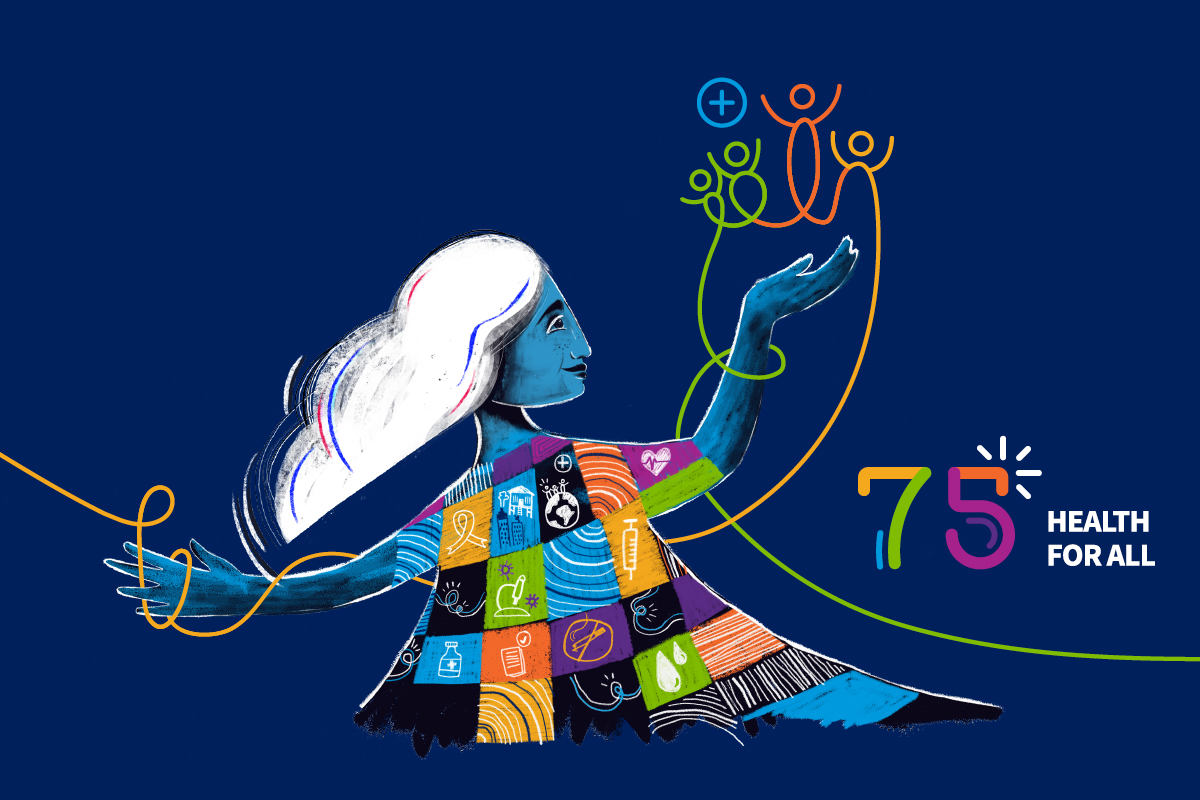Like many health care providers across the country, my own practice group has turned to virtual care tools to keep our digital doors open and ensure that our patients can keep accessing the care they need. Currently, I’d say that we’re “seeing” 95 per cent of our patients through phone appointments, with some additional “visits” conducted through video chat and a more flexible approach to securely emailing patients.
It’s a new experience for many patients and clinicians alike. Of course, the technology itself isn’t all that novel. We’ve had video chat, telephones and email for years, if not decades. In many ways, Canadians are already very comfortable with digital practices. As a large country with a small population, we’ve always needed technology to help us stay connected over long distances.
By implementing and enhancing these virtual visits, we can accomplish a few things. First, we’re taking the burden off emergency services by allowing patients to continue accessing their regular care. We’re also keeping patients and care providers away from areas of congregation. As we know well, physical distancing is essential to flattening the curve and minimizing community transmission of COVID-19. In the end, keeping our primary care practices’ virtual doors open benefits not only individual patients, but the health system as a whole.
I keep coming back to the word “unprecedented.” This is truly a trial by fire for all of us. But we are working together. Many groups are coordinating to share best practice lists, and Infoway is supporting these efforts to help get physicians up and running with virtual care. It’s going to take time. It’s going to take patience, and creativity, and compassion.
But we are going to get through this, together.
For further discussion on how virtual care services are being implemented across Canada, be sure to check out our new podcast: Digital Health InfoCast. Tune in and subscribe today!
Have a comment about this post? We’d love to hear from you.






